Native Sons joyfully reframed musical styles of the past for the present. Even so, the freshness and oomph of The Long Ryders’ debut album meant revivalism was sidestepped. Originally issued in October 1984, it was a landmark in helping to nurture what would later be habitually defined as Americana. The word had been around, but Native Sons was pivotal to it gaining traction.
Up to this point The Long Ryders were lumped in with Los Angeles’ “Paisley Underground” scene, a loose branding of Eighties bands schooled in and drawing from cool sounds of earlier eras – The Bangles, The Dream Syndicate, The Rain Parade and The Three O’Clock were the other leading lights.
The Long Ryders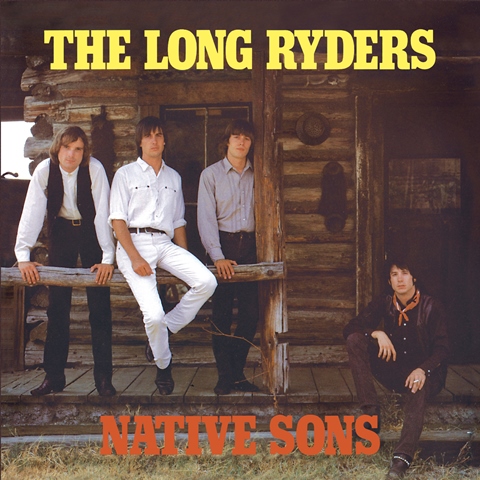 had their own flavour. As Anthony DeCurtis puts it in the booklet coming with this smart, three-disc clamshell edition of the album, the band “set out to restore primacy to styles of music that you could feel via your pulse and through your sweat glands…punk rock…the transcendent possibilities of psychedelia…country music.”
had their own flavour. As Anthony DeCurtis puts it in the booklet coming with this smart, three-disc clamshell edition of the album, the band “set out to restore primacy to styles of music that you could feel via your pulse and through your sweat glands…punk rock…the transcendent possibilities of psychedelia…country music.”
“On the aptly titled Native Sons,” he continues. “The Long Ryders sought to resurrect the power of all those musical styles and combine them to speak in a unique, individual, and contemporary voice about an America more real and more true than the one Reaganomics was in the process of creating...The Long Ryders epitomize Americana, embody it, and champion it. They even helped invent it."
Disc One of this reconfiguration of the terrific Native Sons appends their debut release, the 10-5-60 EP, to the album, along with tracks which would have been added to the latter as a proposed follow-on record with the title 5×5. Disc Two collects demos from the period, while Disc Three is occupied by a ripping live set recorded at a 22 March 1985 show at London’s Dingwalls.
It’s all great, and The Long Ryders ought to have been received with open arms in a world where the sheen inherent to MTV had, from around three years earlier, redefined how America was experiencing – and consuming – music. Looking back at how the resolutely non-glossy Long Ryders were scrutinised in the run-up to and after the release of their debut album is fascinating. The band was frequently called on to justify itself. The result? What comes across as defensiveness.
Take this, from Billboard, just after Native Sons came out. Asked if they are country rockers, band member Stephen McCarthy said “We’re not really big on that term. We consider ourselves to be a country band that just has a large rock ’n’ roll influence.”
 Or this. At the end of the year, fellow Ryder Sid Griffin told L.A. Weekly “Let’s face it, people who’ll give you a break on the first record won’t later on. Our EP got 99 per cent good reviews, and now with the album [i.e. Native Sons], which is the best we could do with the money we had, people are taking pot-shots at the sound, bitching about the production. But I think it’s a great record, and you can quote me on it.”
Or this. At the end of the year, fellow Ryder Sid Griffin told L.A. Weekly “Let’s face it, people who’ll give you a break on the first record won’t later on. Our EP got 99 per cent good reviews, and now with the album [i.e. Native Sons], which is the best we could do with the money we had, people are taking pot-shots at the sound, bitching about the production. But I think it’s a great record, and you can quote me on it.”
The next autumn, in the UK’s Sounds, Griffin responded to a mischievously negative comparison of The Long Ryders to contemporaries Hüsker Dü and The Minutemen by saying “If you take the end of ‘I Had a Dream' [from Native Sons], it's simply D-modal bashing around…a chord being beaten into submission. I didn't get that from Merle Haggard or relative pansies like The Byrds; I would get it from The Ramones, the first Clash album. The Sex Pistols, Circle Jerks, Black Flag, The Stooges’ Funhouse.”
As well as a prickliness during encounters with the music press, this also attests to The Long Ryders’ knowledge of and love for music history. What they recorded and released was in the now, but what they drew from was never far. Native Sons included an untrammelled version of Mel Tillis’ “(Sweet) Mental Revenge.” Former Byrd Gene Clark sings on the album’s “Ivory Tower.” The album’s cover photo and design overtly nod to what was prepared for Stampede, a planned but shelved Buffalo Springfield album. The Dingwalls’ live set on Disc Three includes versions of Flamin’ Groovies’ “I Can't Hide” and Dylan’s “Masters of War.” Elsewhere, on Disc Two, is a demo recording of Tim Hardin’s “If I Were a Carpenter.”
Back when Native Sons was originally released, The Long Ryders’ openness about their musical enthusiasms and influences was inverted to become a stick with which to beat them. Nowadays, such candour is accepted as part of any band or solo artist’s agenda. Add this pioneering attitude to their pivotal role in nurturing Americana and it’s now clear The Long Ryders were about more than the records they released.
- Next week: Fantastic Voyage - New Sounds For The European Canon 1977-1981. Intriguing collection digging into what fed into and rippled from David Bowie’s Lodger and Scary Monsters.
- More reissue reviews on theartsdesk
- Kieron Tyler’s website

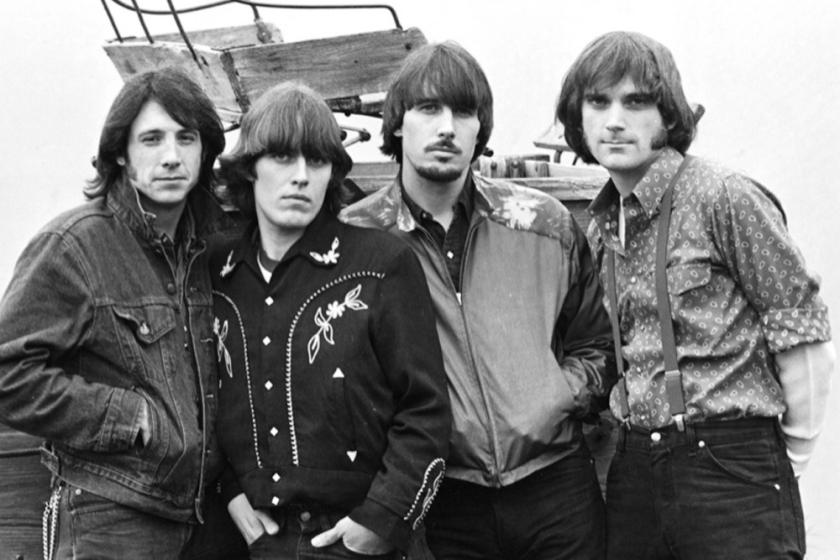


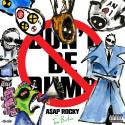
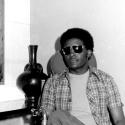
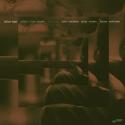



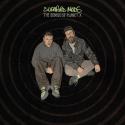




Add comment